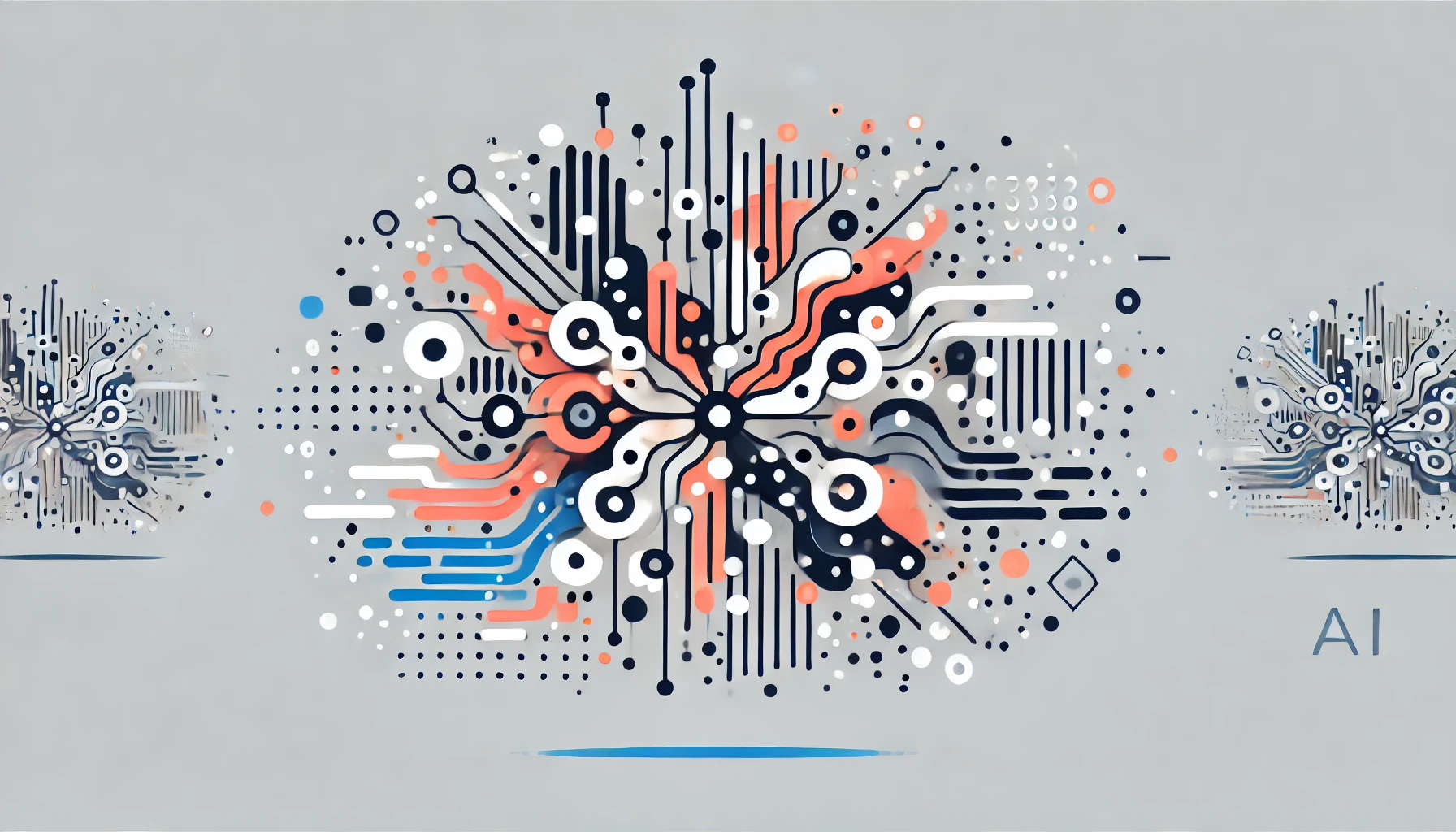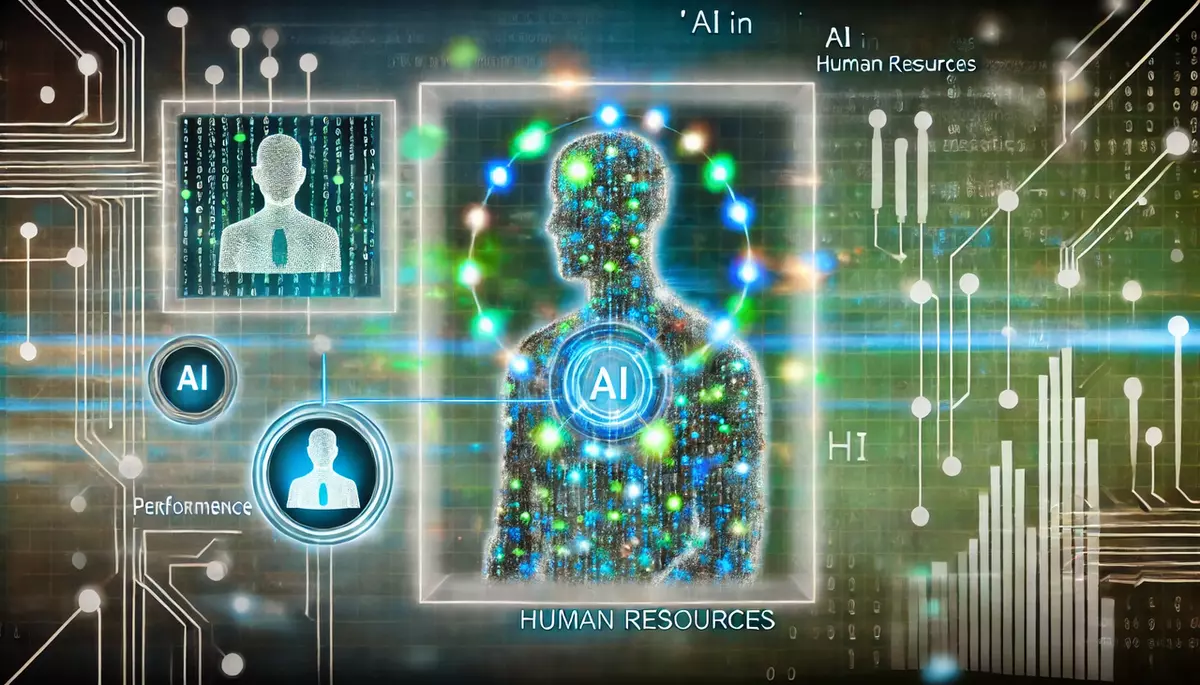Introduction
Cloud computing is a paradigm shift in the way computing resources are accessed and utilized. It involves the delivery of computing services, including storage, processing power, software, and networking, over the internet. This knowledge base article explores the fundamental concepts, key characteristics, and various applications of cloud computing, as well as its benefits, challenges, and future trends.
What is Cloud Computing?
Cloud computing is a model for enabling ubiquitous, convenient, on-demand network access to a shared pool of configurable computing resources (e.g., networks, servers, storage, applications, and services) that can be rapidly provisioned and released with minimal management effort or service provider interaction.
Key Characteristics of Cloud Computing:
- On-demand Self-service: Users can provision computing capabilities, such as server time and network storage, as needed without requiring human interaction with the service provider.
- Broad Network Access: Computing capabilities are available over the network and can be accessed through various devices, including laptops, smartphones, and tablets.
- Resource Pooling: The provider’s computing resources are pooled to serve multiple consumers using a multi-tenant model, with different physical and virtual resources dynamically assigned and reassigned according to consumer demand.
- Rapid Elasticity: Computing capabilities can be rapidly and elastically provisioned, in some cases automatically, to scale out and in proportionately with demand.
- Measured Service: Cloud systems automatically control and optimize resource use by leveraging a metering capability, providing transparency for both the provider and consumer of the utilized service.
Types of Cloud Computing
Cloud computing can be categorized into three main service models and four deployment models:
Service Models:
- Infrastructure as a Service (IaaS): Provides access to fundamental computing resources, such as processing power, storage, and networking, allowing users to deploy and run their own software, including operating systems and applications.
- Platform as a Service (PaaS): Provides a platform for developing, testing, deploying, and managing applications, without the need to manage the underlying infrastructure.
- Software as a Service (SaaS): Provides access to applications and software hosted by the service provider, which can be accessed through a web browser or a mobile app.
Deployment Models:
- Public Cloud: Computing resources are provided over the internet and are owned and operated by a third-party cloud service provider.
- Private Cloud: Computing resources are exclusively used by a single organization, either managed internally or by a third-party provider.
- Hybrid Cloud: A combination of public and private cloud, where organizations can leverage the benefits of both models.
- Community Cloud: Computing resources are shared among several organizations that have similar computing requirements, such as security or compliance needs.
Benefits of Cloud Computing
Cloud computing offers several benefits to organizations and individuals:
- Cost Savings: Reduced capital expenditure on hardware and software, as well as lower operational costs due to the pay-as-you-go model.
- Scalability and Flexibility: Ability to easily scale computing resources up or down based on demand, without the need for significant infrastructure investment.
- Accessibility: Anytime, anywhere access to applications and data through the internet, enabling remote work and collaboration.
- Automatic Software Updates: Cloud service providers are responsible for maintaining and updating the software, reducing the burden on users.
- Disaster Recovery and Backup: Cloud providers often have robust disaster recovery and data backup mechanisms, ensuring business continuity.
Challenges and Considerations
While cloud computing offers many benefits, there are also some challenges and considerations to be aware of:
- Security and Privacy: Concerns about the security of data stored and processed in the cloud, as well as compliance with data privacy regulations.
- Vendor Lock-in: Difficulty in migrating from one cloud service provider to another, leading to potential vendor lock-in.
- Reliability and Availability: Dependence on a stable internet connection and the potential for service outages or downtime.
- Data Sovereignty: Compliance with data residency and data sovereignty laws, which may vary across different jurisdictions.
- Integration and Interoperability: Challenges in integrating cloud-based services with on-premises systems and ensuring seamless data exchange.
Applications of Cloud Computing
Cloud computing has a wide range of applications across various industries and sectors:
- Web-based Applications: Hosting and delivering web-based applications, such as email, collaboration tools, and content management systems.
- Big Data and Analytics: Providing scalable computing power and storage for processing and analyzing large datasets.
- Mobile Computing: Enabling mobile access to applications and data, as well as the ability to develop and deploy mobile apps.
- Internet of Things (IoT): Providing the infrastructure and platform for collecting, processing, and analyzing data from connected devices.
- Backup and Disaster Recovery: Offering reliable and secure data backup and disaster recovery solutions.
Future Trends in Cloud Computing
The cloud computing landscape is constantly evolving, and several emerging trends are shaping its future:
- Hybrid and Multi-Cloud Strategies: Increased adoption of hybrid and multi-cloud approaches to leverage the benefits of different cloud service providers and deployment models.
- Edge Computing: The rise of edge computing, which brings computing and data storage closer to the source of data, reducing latency and improving responsiveness.
- Serverless Computing: The growth of serverless computing, where users can run code without managing servers, leading to increased efficiency and reduced operational overhead.
- Artificial Intelligence and Machine Learning: The integration of cloud computing with AI and ML technologies, enabling the development of intelligent, data-driven applications.
- Sustainability and Green Computing: Increased focus on the environmental impact of cloud computing and the adoption of sustainable practices, such as the use of renewable energy sources.
Conclusion
Cloud computing has revolutionized the way organizations and individuals access and utilize computing resources. By offering on-demand, scalable, and cost-effective services, cloud computing has become a fundamental part of modern technology infrastructure. As the cloud computing landscape continues to evolve, organizations must carefully navigate the benefits, challenges, and emerging trends to leverage the full potential of this transformative technology.
This knowledge base article is provided by Fabled Sky Research, a company dedicated to exploring and disseminating information on cutting-edge technologies. For more information, please visit our website at https://fabledsky.com/.
References
- Mell, P., & Grance, T. (2011). The NIST definition of cloud computing. National Institute of Standards and Technology, 53(6), 50.
- Armbrust, M., Fox, A., Griffith, R., Joseph, A. D., Katz, R., Konwinski, A., … & Zaharia, M. (2010). A view of cloud computing. Communications of the ACM, 53(4), 50-58.
- Buyya, R., Yeo, C. S., Venugopal, S., Broberg, J., & Brandic, I. (2009). Cloud computing and emerging IT platforms: Vision, hype, and reality for delivering computing as the 5th utility. Future Generation computer systems, 25(6), 599-616.
- Marston, S., Li, Z., Bandyopadhyay, S., Zhang, J., & Ghalsasi, A. (2011). Cloud computing—The business perspective. Decision support systems, 51(1), 176-189.
- Gartner. (2022). Gartner Forecasts Worldwide Public Cloud End-User Spending to Reach Nearly $500 Billion in 2022. Retrieved from https://www.gartner.com/en/newsroom/press-releases/2022-04-19-gartner-forecasts-worldwide-public-cloud-end-user-spending-to-reach-nearly-500-billion-in-2022


























